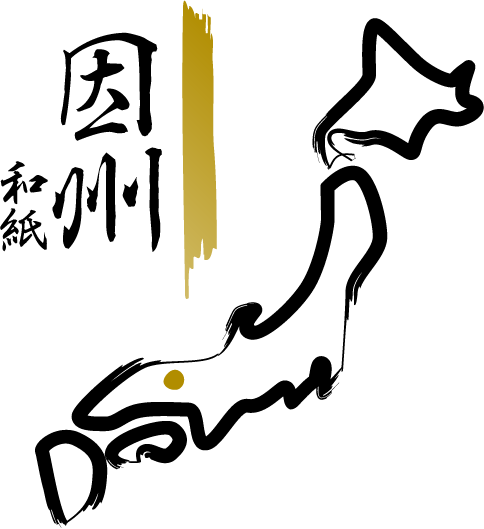
Inshu Washi
Inshu Washi is a generic name of the old country name of eastern Tottori Prefecture. Nowadays it is produced in Saji-cho, Aotani-cho and Akita-cho.
The origin of Inshu Washi is unknown but in the middle of 8th century, there was a Shōsō-in document in Nara Prefecture found with 2 seals and preserved there. In addition, there is a record between 905-927(during Heian period) of 70 sheets of paper presented to the court from the country of Inaba. This leads to the conclusion that Inshu-Washi has a history of more than 1200 years old.

Thanks to the natural clear flow of rich mountains and raw materials from the mountains, the production of Inshu-Washi flourishes year after year. Around 1600, the lord of the area around Kano, named Kamei Shigeru Nori, exported to overseas by the ship, trading Washi.
For this reason, the names of Kozo and Ganpi, which are the main materials of Inshu Japanese paper, are described in the Kamei Weather Document as "a tree that cannot be cut".

In the Edo period, especially, Inshu Japanese paper was prolifically produced as a paper used by the common people, and traded as a valuable. It received a careful protection of the Tottori district and the people even composed special songs of labor of the Japanese paper manufacturing.
Currently, it is used by many Japanese paper lovers and calligraphers throughout the country, and it is famous throughout Japan as the leading production center for calligraphy paper.



